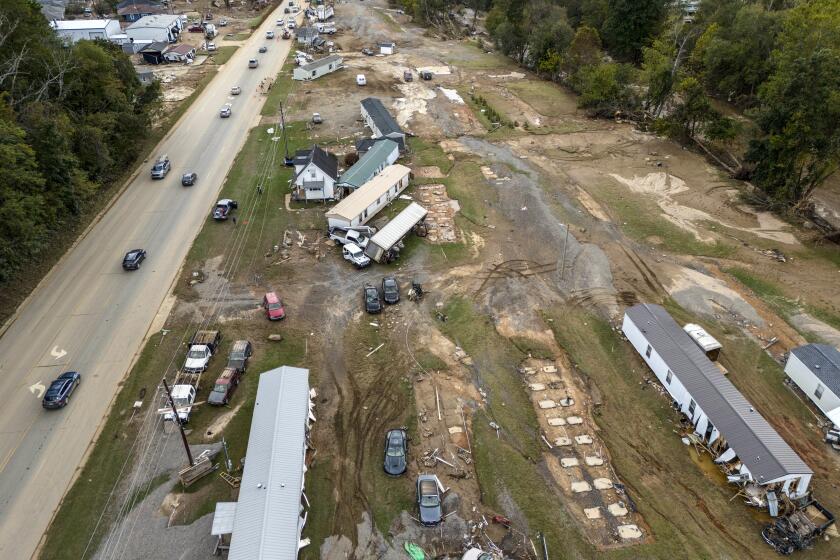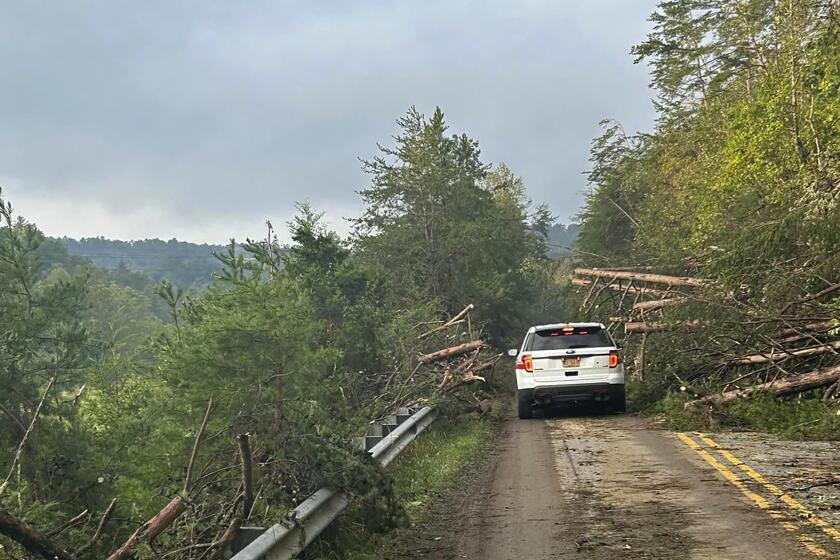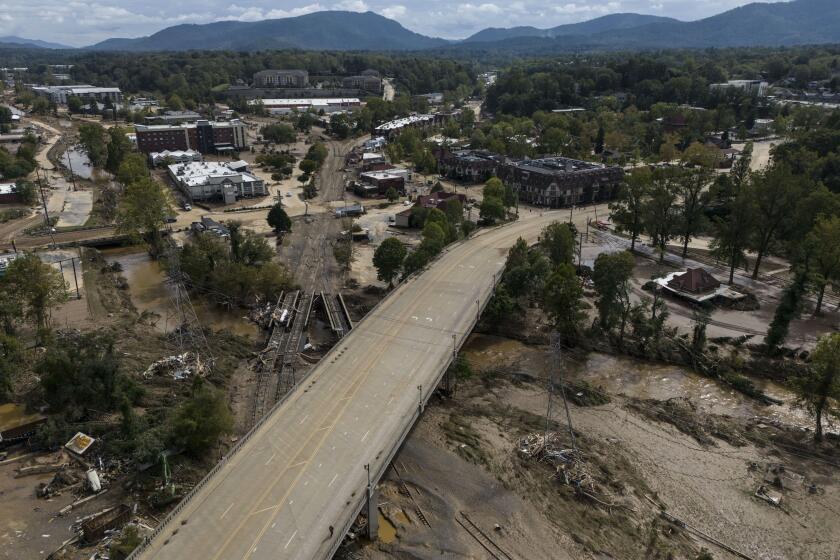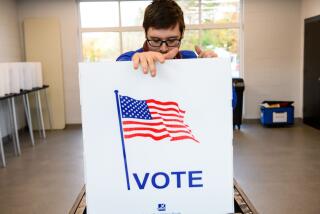Florida communities hit by 3 hurricanes in 13 months grapple with how and whether to rebuild
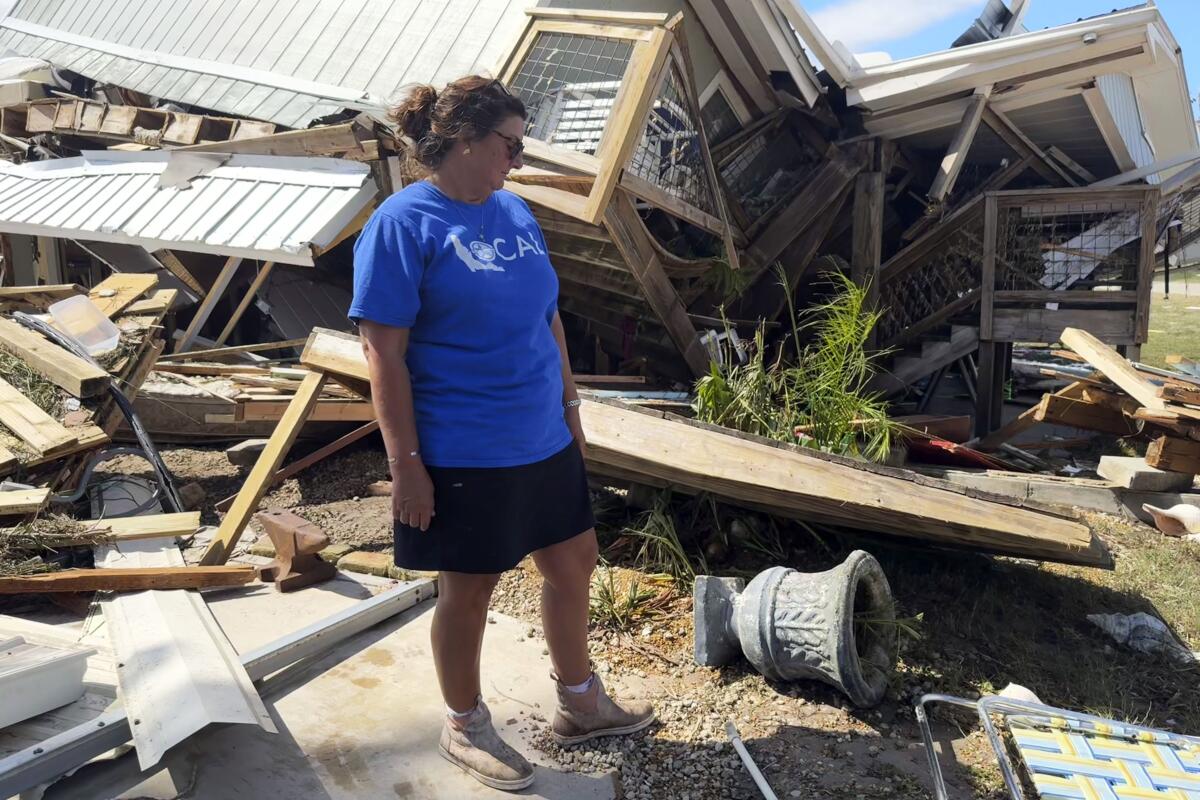
HORSESHOE BEACH, Fla. — It was just a month ago that Brooke Hiers left the state-issued emergency trailer where her family had lived since Hurricane Idalia slammed into her Gulf Coast fishing village of Horseshoe Beach in August 2023.
Hiers and her husband, Clint, were still finishing the electrical work in the home they painstakingly rebuilt themselves, wiping out Clint’s savings to do so. They never will finish that wiring job.
Hurricane Helene blew their newly renovated home off its pilings, sending it floating into their next-door neighbor’s yard.
“You always think, ‘Oh, there’s no way it can happen again,’” Hiers said. “I don’t know if anybody’s ever experienced this in the history of hurricanes.”
For the third time in 13 months, this windswept stretch of Florida’s Big Bend took a direct hit from a hurricane — a 1-2-3 punch to a 50-mile sliver of the state’s more than 8,400 miles of coastline, first by Idalia, then Cate-gory 1 Hurricane Debby two months ago, and now Helene.
Hiers, who sits on Horseshoe Beach’s town council, said words like “unbelievable” are beginning to lose their meaning.
“I’ve tried to use them all. Catastrophic. Devastating. Heartbreaking. … None of that explains what happened here,” Hiers said.
Many residents of the Carolinas still lack running water, cellphone service and electricity as rescuers continue their search for missing people.
The back-to-back hits to Florida’s Big Bend are forcing residents to reckon with the true costs of living in an area under siege by storms that researchers say are becoming stronger because of climate change.
The Hierses, like many others here, can’t afford homeowners insurance on their flood-prone houses, even if it was available.
Residents who have watched their life savings get washed away multiple times are left with few choices — leave the communities where their families have lived for generations, pay tens of thousands of dollars to rebuild their houses on stilts as building codes require, or move into a recreational vehicle they can drive out of harm’s way.
That’s if they can afford any of those things. The storm left many residents bunking with family or friends, sleeping in their cars, or sheltering in what’s left of their collapsing homes.
Janalea England wasn’t waiting for outside organizations to get aid to her friends and neighbors, turning her commercial fish market in the river town of Steinhatchee into a pop-up donation distribution center, just like she did after Idalia. A row of folding tables was stacked with water, canned food, diapers, soap, clothes and shoes, a steady stream of residents coming and going.
“I’ve never seen so many people homeless as what I have right now. Not in my community,” England said. “They have nowhere to go.”
‘It’s just gone’
At least 121 deaths in six Southeastern states have been attributed to the storm, a number that climbed Monday as a clearer picture emerged of the damage.
The sparsely populated Big Bend is known for its towering pine forests and pristine salt marshes that disappear into the horizon, a remote stretch of largely undeveloped coastline that’s mostly dodged the crush of condos, golf courses and souvenir strip malls that has carved up so much of the Sunshine State.
This is a place where teachers, mill workers and housekeepers could still afford to live within walking distance of the Gulf of Mexico’s white sand beaches. Or at least they used to, until a third successive hurricane blew their homes apart.
Helene was so destructive, many residents don’t have a home left to clean up, escaping the storm with little more than the clothes on their backs, even losing their shoes to the surging tides.
“People didn’t even have a Christmas ornament to pick up or a plate from their kitchen,” Hiers said. “It was just gone.”
In a place where people are trying to get away from what they see as government interference, England, who organized her own donation site, isn’t putting her faith in government agencies and insurance companies.
“FEMA didn’t do much,” she said. “They lost everything with Idalia and they were told, ‘Here, you can have a loan.’ I mean, where’s our tax money going then?”
England’s sister, Lorraine Davis, got a letter in the mail just days before Helene hit declaring that her insurance company was dropping her, with no explanation other than her home “fails to meet underwriting”.
Living on a fixed income, Davis has no idea how she’ll repair the long cracks that opened up in the ceiling of her trailer after the last storm.
As the death toll passed 150, searchers fanned out, using helicopters to get past washed-out bridges and hiking through wilderness to reach isolated homes.
“We’ll all be on our own,” England said. “We’re used to it.”
‘This could be the end’
In the surreal aftermath of this third hurricane, some residents don’t have the strength to clean up their homes again, not with other storms still brewing in the Gulf.
With marinas washed away, restaurants collapsed and vacation homes blown apart, many commercial fishermen, servers and house cleaners lost their homes and their jobs on the same day.
Those who worked at the local sawmill and paper mill, two bedrock employers in the area, were laid off in the last year too. Now a convoy of semitrucks full of hurricane relief supplies has set up camp at the closed mill in the city of Perry.
Hud Lilliott was a mill worker for 28 years, before losing his job and now his canal-front home in Dekle Beach, just down the street from the house where he grew up.
Lilliott and his wife, Laurie, hope to rebuild their house there, but they don’t know how they’ll pay for it. And they’re worried the school in Steinhatchee where Laurie teaches first grade could become another casualty of the storm, as the county watches its tax base float away.
“We’ve worked our whole lives and we’re so close to where they say the ‘golden years,’” Laurie said. “It’s like you can see the light and it all goes dark.”
Dave Beamer rebuilt his home in Steinhatchee after it was “totaled” by Idalia, only to see it washed into the marsh a year later.
Hurricane Helene has strengthened into a Category 4 storm as it races toward northwest Florida and causes flooding on the Gulf Coast and power outages inland.
“I don’t think I can do that again,” Beamer said. “Everybody’s changing their mind about how we’re going to live here.”
A waterlogged clock in a shed nearby shows the moment when time stopped, marking before Helene and after.
Beamer plans to stay in this river town but put his home on wheels — buying a camper and building a pole barn to park it under.
In Horseshoe Beach,Hiers is waiting for a makeshift town hall to be delivered in the coming days, a double-wide trailer where officials will offer what services they can. She and her husband are staying with their daughter, a 45-minute drive away.
“You feel like this could be the end of things as you knew it. Of your town. Of your community,” Hiers said. “We just don’t even know how to recover at this point.”
Hiers said she and her husband will probably buy an RV and park it where their home once stood. But they won’t move back to Horseshoe Beach for good until this year’s storms are done.
They can’t bear to do this again.
Payne and Martin write for the Associated Press.
More to Read
Sign up for Essential California
The most important California stories and recommendations in your inbox every morning.
You may occasionally receive promotional content from the Los Angeles Times.
